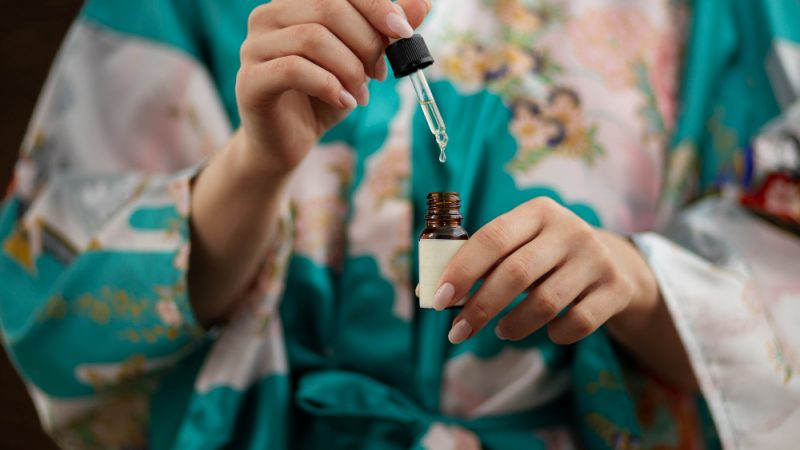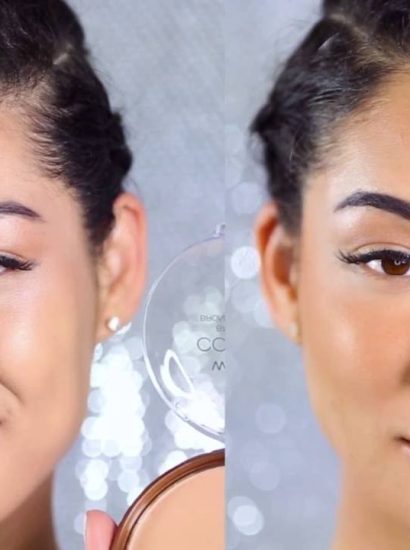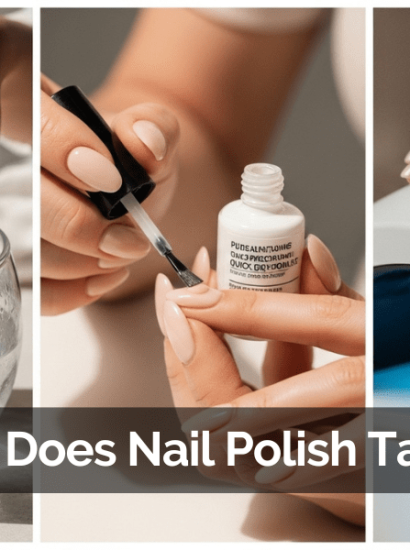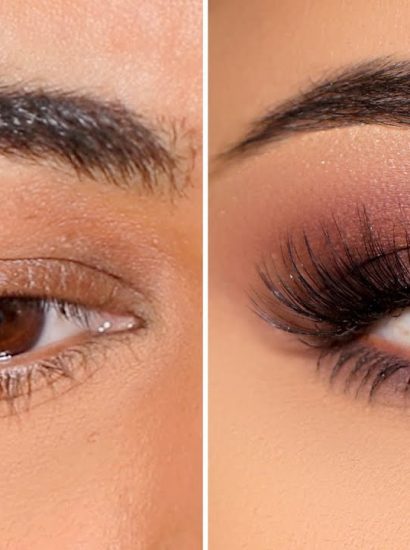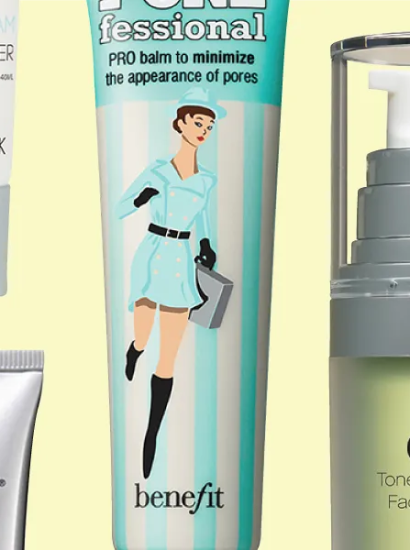Nail art trends are constantly evolving, but one technique has taken the beauty world by storm: Japanese gel nails. Known for their durability, natural look, and nail-health benefits, Japanese gels are quickly becoming a favorite among nail enthusiasts and professionals alike.
If you’ve ever wondered what makes Japanese gel different from regular gel polish, why it’s healthier for your nails, or whether it’s worth trying, this guide covers everything you need to know.
What Are Japanese Gel Nails?
Japanese gel nails are a type of professional gel system originating in Japan. Unlike traditional gel polish, Japanese gels are formulated with nail health in mind. They:
- Adhere without harsh primers.
- Are highly pigmented yet lightweight.
- Provide long-lasting shine and strength.
They’re also designed to strengthen natural nails rather than weaken them over time, making them a healthier alternative to standard gels or acrylics.
The History of Japanese Gel Nails
Gel nails first became popular in Japan during the early 2000s. Nail artists in Japan wanted to create a product that combined beauty with nail care. The result was a soft gel system that protected the natural nail while offering stunning results.
Today, Japanese gel brands like Presto, Leafgel, Kokoist, and Vetro are internationally recognized for their high quality and innovation.
How Japanese Gel Differs from Regular Gel Polish
While both look similar on the surface, there are key differences:
- Application: Japanese gel bonds to nails without excessive buffing or acid primers.
- Durability: Lasts 3–6 weeks compared to 2–3 weeks for regular gel polish.
- Finish: Offers a more natural look with thinner layers.
- Nail Health: Contains conditioning ingredients that protect nails.
In short, Japanese gel is not just a polish—it’s a professional nail care system.
Benefits of Japanese Gel Nails
The popularity of Japanese gel is no accident. Its benefits include:
- Long-lasting wear without chipping or peeling.
- Strengthens natural nails while adding protection.
- Highly pigmented colors for vibrant or subtle looks.
- Flexible formula that bends with the nail, reducing breakage.
- Versatile designs ranging from minimalist to elaborate nail art.
The Application Process: Step by Step
Here’s what happens during a typical Japanese gel manicure:
- Nail Prep – Nails are cleaned and lightly buffed.
- Base Gel – Applied directly to nails, acting as a bonding layer.
- Builder Gel (Optional) – Adds strength and structure if needed.
- Color Gel – Thin, even coats of richly pigmented gel.
- Top Gel – Seals in color and adds shine.
- Curing – Each layer is cured under LED/UV light.
The result? Smooth, glossy nails that last for weeks without damage.
Japanese Gel Nail Art Possibilities
One of the biggest draws of Japanese gel is its versatility in design. Popular trends include:
- Minimalist neutrals for a natural look.
- Intricate hand-painted designs thanks to rich pigmentation.
- 3D nail art using builder gels.
- Glass nails with sheer jelly-like finishes.
- Mix-and-match looks with different textures and effects.
Whether you love simple elegance or bold creativity, Japanese gel can achieve it.
Removal Process and Nail Care
Proper removal is crucial to maintaining nail health. Unlike acrylics, Japanese gels are removed safely and gently:
- Soak-off method with acetone wraps or professional remover.
- File-off method for builder gel layers.
After removal, nails should be moisturized with cuticle oil and a strengthening base coat if needed.
Japanese Gel vs. Acrylic Nails
While both are popular, they serve different purposes:
- Japanese Gel: Softer, flexible, natural-looking, and healthier for nails.
- Acrylics: Hard, strong, better for extreme lengths, but more damaging over time.
For everyday wear and nail health, Japanese gels are the superior choice. For dramatic extensions, acrylic may still be preferred.
Cost and Maintenance
Japanese gel manicures can be more expensive than regular gel polish, ranging from $50 to $120+, depending on design complexity.
However, since they last longer and support nail health, many find them worth the investment. Maintenance typically involves:
- Regular fills or reapplications every 3–4 weeks.
- Daily cuticle oil to keep nails hydrated.
Where to Get Japanese Gel Nails
Not all salons offer Japanese gel, so look for:
- Certified Japanese gel technicians.
- Salons that carry authentic brands like Presto, Kokoist, or Leafgel.
- Reviews highlighting long-lasting results and gentle application.
Some technicians even specialize exclusively in Japanese gel artistry.
Conclusion
Japanese gel nails are more than just a beauty trend—they’re a revolution in nail care. By combining durability, stunning aesthetics, and a focus on natural nail health, they’ve become the gold standard for manicures worldwide.
If you’re looking for nails that last, look natural, and keep your nail health in check, Japanese gels are definitely worth trying.
FAQs
1. Are Japanese gel nails safe for weak nails?
Yes, they’re designed to strengthen and protect natural nails without harsh chemicals.
2. How long do Japanese gel nails last?
Typically 3–6 weeks, depending on your nail growth and lifestyle.
3. Can Japanese gel be used for extensions?
Yes, builder gels can create short to medium extensions, but for extreme lengths, acrylics may be better.
4. Do Japanese gels damage nails like acrylics?
No. When applied and removed correctly, Japanese gels actually protect nails instead of weakening them.
5. Are Japanese gel products available for at-home use?
Some brands sell to consumers, but for the best results, it’s recommended to see a trained technician.
Also read: Can You Wear Makeup After a Facial? Expert Skincare Advice

